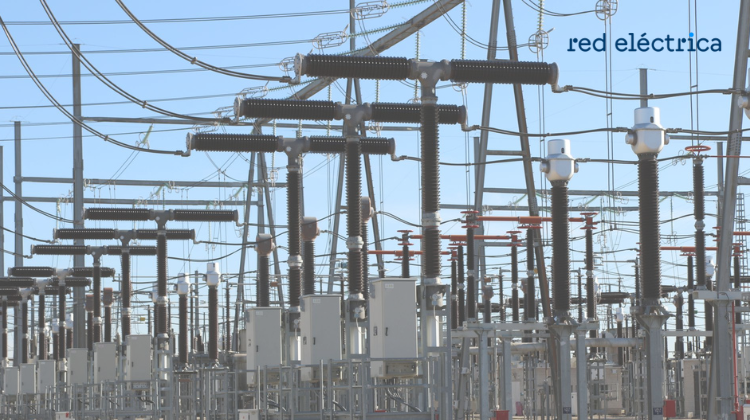Spain’s power grid is experiencing one of its most strained periods since the beginning of the renewable boom. According to data updated in October by Red Eléctrica de España, nearly 85% of transmission and distribution nodes no longer have available capacity for new demand.
This saturation is particularly concentrated in the central and northern regions of the peninsula and threatens to halt industrial, storage and even green hydrogen projects.
In this context, developers have started to repurpose solar assets into hybrid projects with associated data centres, as noted by Jorge González-Onieva Johansson, Energy Director at OSPREL, taking advantage of regulations that allow up to 50% of generation capacity to be allocated to self-consumption.
Speaking with Strategic Energy Europe, the executive explained that this model has become a viable alternative given the lack of connection capacity and the drop in wholesale prices.
As renewable generation exceeds demand for many hours of the day, data centres are emerging as a new structural source of energy consumption and a strategic ally for system stability.
The convergence between digital energy and the energy transition is defining a new type of hybrid asset capable of sustaining profitability in an increasingly competitive market.
The market shift is also explained by price cannibalisation. “In 2024 we began to see negative or zero energy prices. It’s a clear signal for investors to halt new developments,” González-Onieva noted.
Excess solar generation during peak hours has reduced project profitability and strained long-term power purchase agreements. PPAs, which at their peak were closed around 40–45 €/MWh, now barely reach 35 €/MWh.
Faced with this reality, projects that already hold permits prioritise securing firm sales contracts or, when that is not possible, opt to transform their business model.
“There is not much available grid capacity for injection, so developing new ones is complicated,” added the OSPREL representative.
Grid saturation not only slows the growth of renewables but also exposes the lack of coordinated planning between generation and demand.
Consequently, González-Onieva emphasises that stimulating new demand, improving networks and deploying storage will be the only way to solve the structural problem of Spain’s electricity market: “There will be investment in networks, upgrades to avoid curtailment and measures to boost demand.”
He adds that new industries, data centres and battery or pumped-storage projects will have a major impact in the coming years.
While the sector awaits faster progress on new capacity and demand tenders, the reality is that Spain must multiply investment in substations and reinforce system flexibility to prevent generation projects from remaining on hold. The challenge, according to the specialist, is no longer about installing more MW but about ensuring that the energy produced finds where and when to be consumed.






























